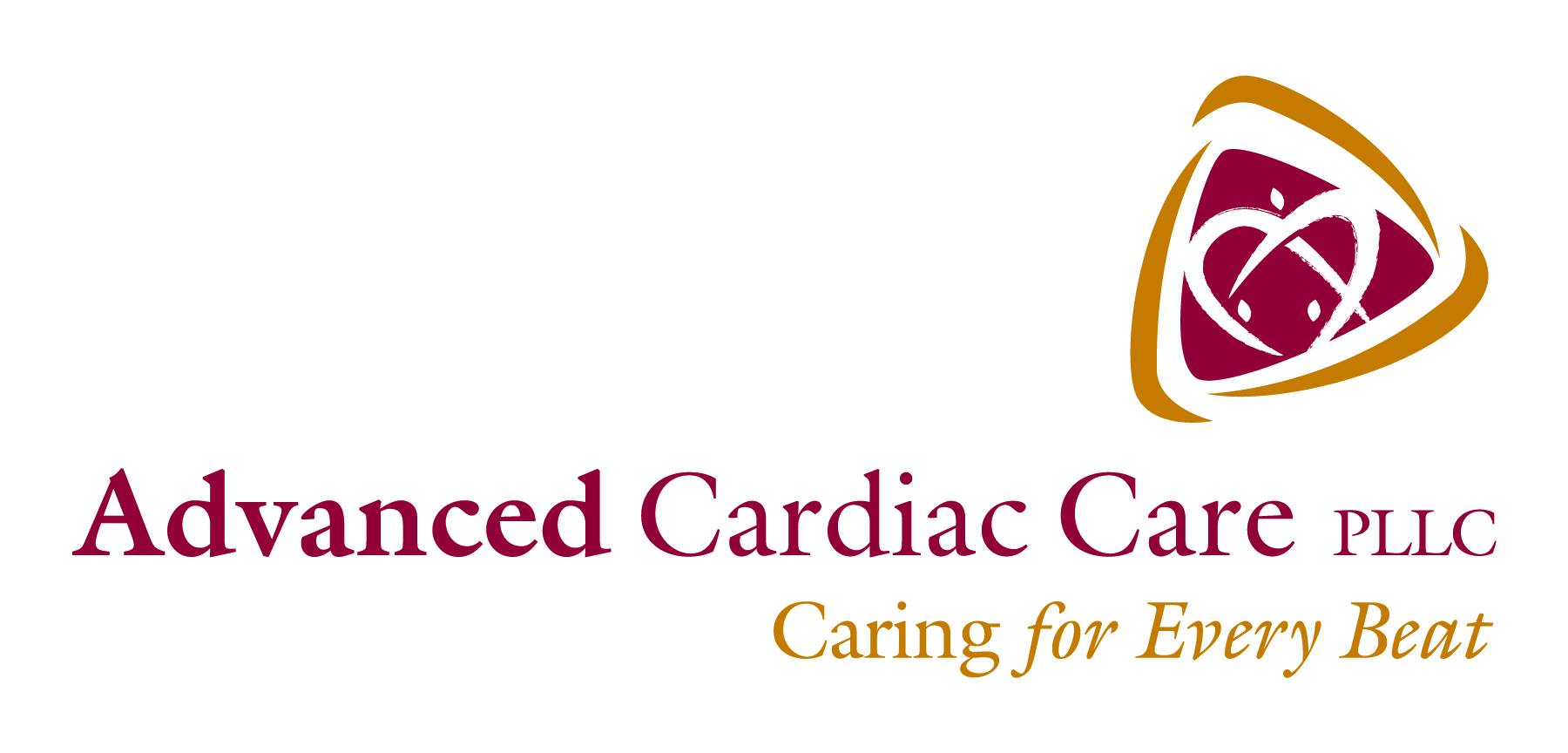
Stress Echo
What is a stress echo?
A stress echo, also known as a stress echocardiogram, is a diagnostic test that combines a treadmill exercise stress test with an echocardiogram (ultrasound of the heart) to evaluate the function of the heart during physical stress. The test is used to detect any changes in blood flow to the heart muscle caused by narrowed or blocked coronary arteries. This test can help diagnose and evaluate the severity of coronary artery disease (CAD).
What is it for?
A stress echo can help diagnose and evaluate the severity of coronary artery disease (CAD). CAD is a condition in which the coronary arteries become narrowed or blocked, reducing blood flow to the heart muscle. This can lead to chest pain (angina), shortness of breath, and an increased risk of heart attack. By performing a stress echo, doctors can see how the heart responds to physical stress and if there are any areas of the heart that are not getting enough blood flow. The test can also help to determine if previous treatments, such as angioplasty or bypass surgery, have been successful in improving blood flow to the heart.
How does it work?
During a stress echo, the patient will first be hooked up to monitoring equipment to measure their heart rate, blood pressure, and electrocardiogram (ECG). The patient will then begin exercising on a treadmill or stationary bike while the ultrasound machine takes images of the heart.
As the patient exercises, the heart has to work harder and pump more blood to supply the body with oxygen. This increase in heart rate and blood flow allows doctors to see how the heart responds to physical stress. If the patient has narrowed or blocked coronary arteries, the blood flow to the heart muscle may be reduced, and this can be seen on the ultrasound images.
After the exercise portion of the test, the patient will rest and the ultrasound machine will take more images of the heart. This allows the doctor to compare the heart’s function during rest and during exercise and identify any areas of the heart that are not getting enough blood flow.
The test usually takes about 30-45 minutes.
It’s important to note that, this test is non-invasive, painless and does not use ionizing radiation.
The Procedure
The procedure for a stress echo typically includes the following steps:
1. Preparation
– The patient will need to fast for several hours before the test, and should wear comfortable, loose-fitting clothing. They may also be asked to stop taking certain medications in advance of the test.
2. Monitoring
– The patient will be connected to monitoring equipment to measure their heart rate, blood pressure, and ECG.
3. Exercise
– The patient will begin exercising on a treadmill or stationary bike while the ultrasound machine takes images of the heart. The exercise portion of the test will typically last for about 10-15 minutes.
4. Rest
– After the exercise portion of the test, the patient will rest for about 5-10 minutes while the ultrasound machine takes more images of the heart.
5. Analysis
– The images will be analyzed by a cardiologist to evaluate the function of the heart during rest and exercise and identify any areas of the heart that are not getting enough blood flow.
6. Results
– The results of the test will be discussed with the patient, and any necessary follow-up tests or treatments will be recommended.
It’s important to note that, some patients may not be able to exercise due to certain conditions, in that case a medication such as dobutamine is used to stimulate the heart and induce stress on the heart while performing the echo.
What do the test results mean?
The results of a stress echo are used to evaluate the function of the heart during physical stress and can help diagnose and evaluate the severity of coronary artery disease (CAD). The test results will show the doctor how well the heart is pumping blood and if there are any areas of the heart that are not getting enough blood flow.
Normal results – If the test results are normal, it means that the heart is functioning well during exercise and that there are no significant blockages in the coronary arteries.
Abnormal results – If the test results are abnormal, it may indicate that there is a problem with the heart’s function during exercise. This could be due to CAD, in which case the test results will show areas of the heart that are not getting enough blood flow. The results can also show if previous treatments, such as angioplasty or bypass surgery, have been successful in improving blood flow to the heart.
It is important to note that the results of the stress echo, like any medical test, should be interpreted by a qualified healthcare professional and in the context of the patient’s overall medical history.
If the results are abnormal, further testing such as angiography may be needed. Your doctor will discuss the results of the test with you and recommend any necessary follow-up tests or treatments.
